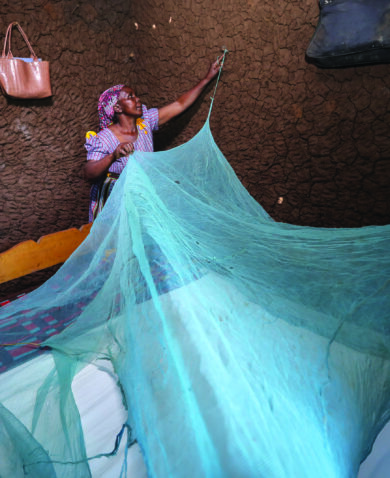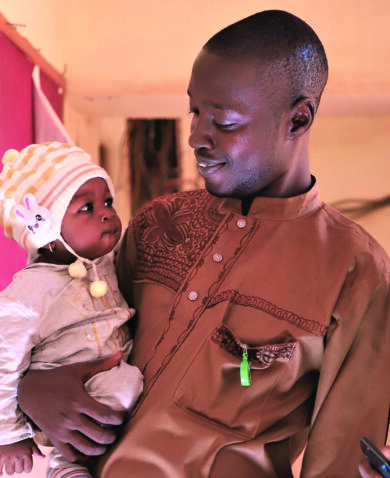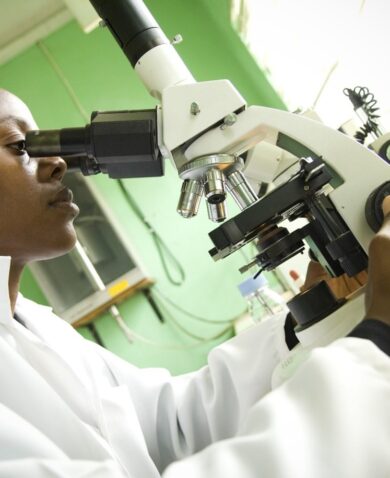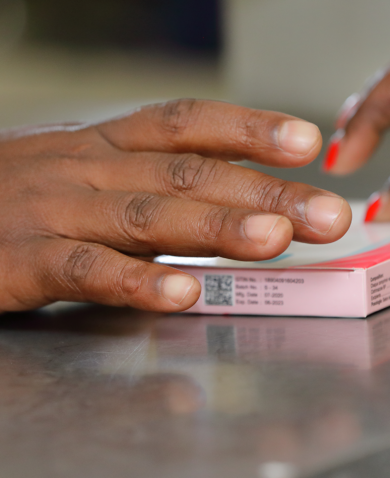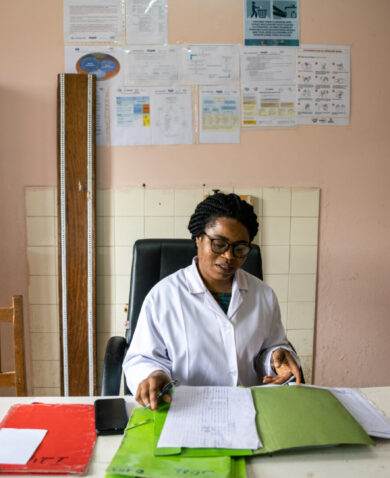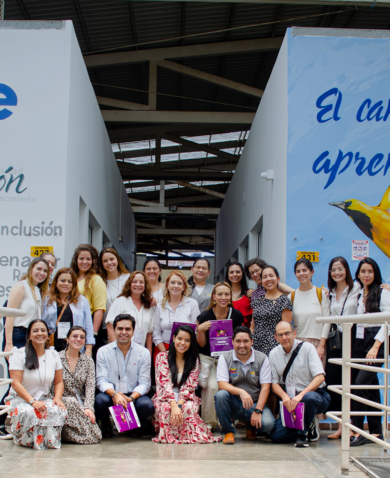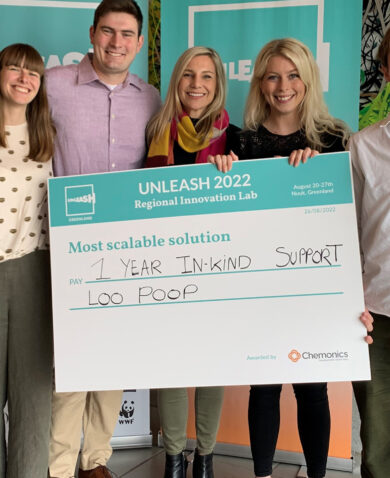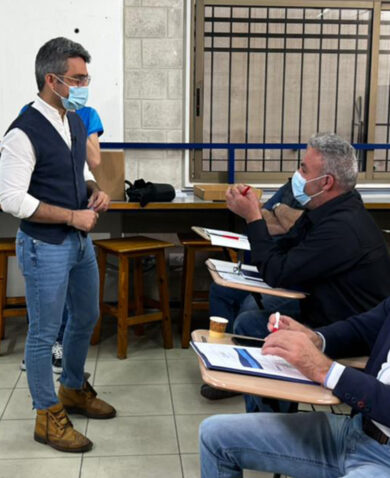
Multidimensional Approaches Are Needed to Achieve Global Health Goals
May 16, 2016 | 2 Minute ReadDebora Freitas discusses the interconnectedness of the SDGs and importance of multidimensional approaches in reaching global development goals.
Last year, the 17 Sustainable Development Goals (SDGs) and their 169 targets were presented as part of an integrated and indivisible framework that builds on the Millennium Development Goals (MDGs), including completing what the MDGs did not achieve. The SDGs were created to continue the focus on key development priorities – such as poverty eradication, health, education, food security, and nutrition – while also expanding into a wider range of economic, social, and environmental objectives. The SDGs also reflect a new era for development and a push toward the design and implementation of multifaceted programming that interweaves various development priorities with one another.
From a health perspective, these development goals are pushing aside the mindset that in order to improve health, we should solely focus on health. They are building a new paradigm where we acknowledge that health can be further improved and sustained if we focus on the integration of health with governance, gender, agriculture, education, economic growth, and much more. This paradigm shift has also resulted in the need to expand our pool of stakeholders and partners, challenging us to include and work alongside a variety of stakeholders at different levels and in different sectors.
The interconnectivity of these development priorities can be overwhelming. For example, in Icídua, a neighborhood in the coastal city of Quelimane, residents work and live near waste, increasing their risk of water- and vector borne illnesses. Unhealthy behaviors and practices that are engrained in their daily living – like defecating in the ocean – along with vulnerabilities to climate-related disasters and the non-existent water, hygiene, and sanitation system perpetuate the poor health and economic status of these residents. Changing these behaviors and practices along with strengthening service delivery systems and capacity in urban planning as a way to improve their health, reduce their vulnerability to disasters, and improve their economic status will take much more than just a campaign or a community-level climate change adaptation program.
It requires recognition that a connection exists between these behaviors and practices and their health and economic status and their vulnerability to disasters. It also requires collaboration with communities and their leaders as well as other stakeholders, such as the municipalities, civil society organizations, faith-based organizations, private sector institutions, and women and youth groups. Through these connections and collaboration, a comprehensive, multifaceted program that integrates urban planning, governance, and social and behavior change can be design and implemented.
Knowledge-sharing opportunities such as this year’s CORE Group Spring Meeting, “Achieving Health for All Through Multi-Dimensional Approaches,” are important because they provide us the platform to consider health’s interconnection with other development priorities and sectors. Forging ideas and sharing best practices and lessons learned on how to design and implement programs based on multidimensional approaches will provide us the ability to consider how we can all work to achieve the 17 SDGs.
As we mark the halfway point of the first year of the SDGs, let us all make an effort to further integrate our sectors – be it education, health, governance, finance, etc. – with one another. Let us take the challenge to expand our partners and stakeholders to truly reflect the linkages that exists across the various sectors. With many years to come, we have time to evolve our ideas of what it means to be integrated and interconnected in order to achieve the 17 SDGs and the associated targets in the next 15 years.




